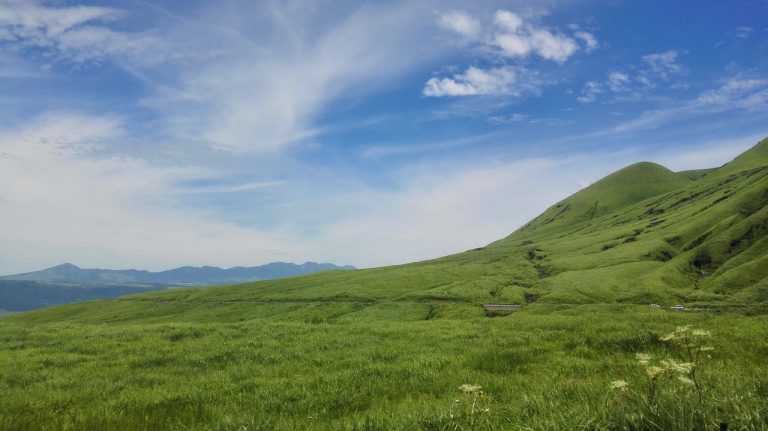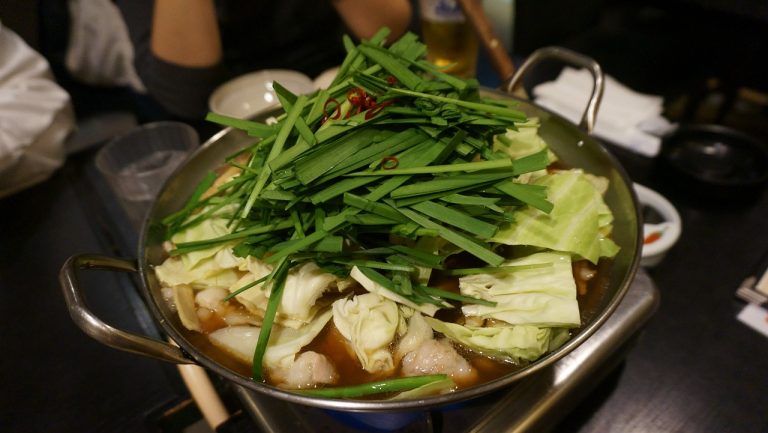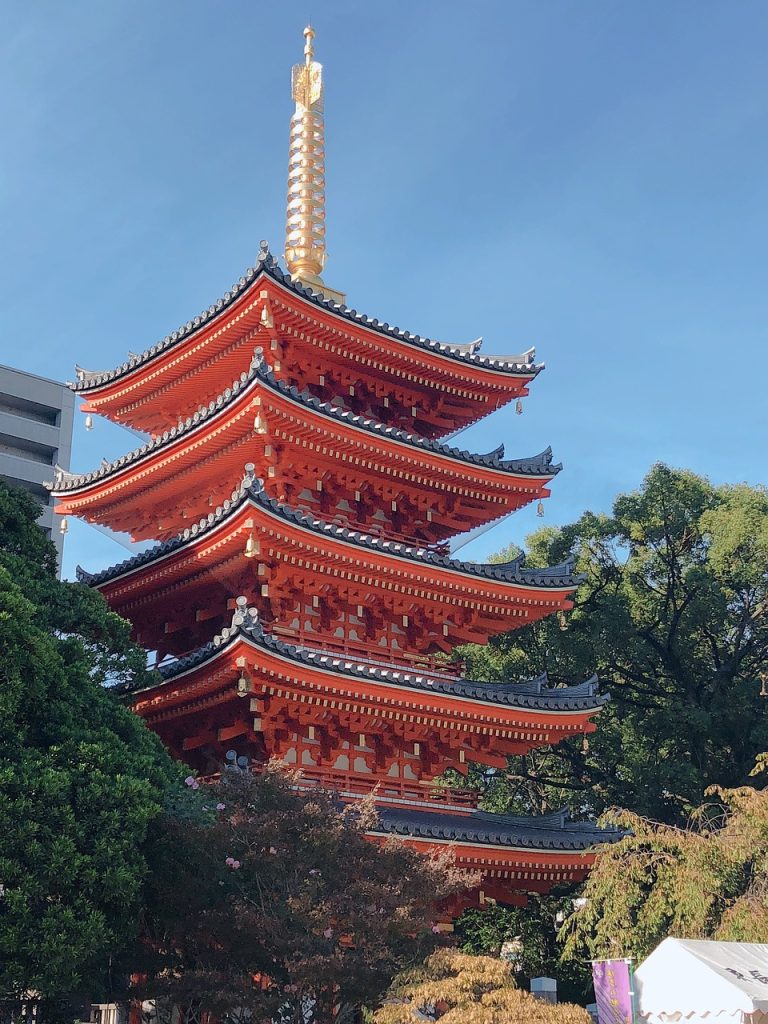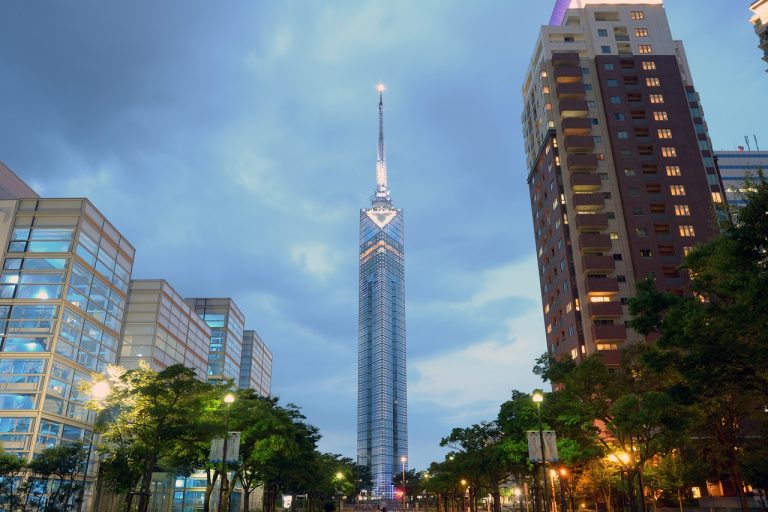Fukuoka Japan Video
Public Transportation in Fukuoka Japan: A Complete Guide
Fukuoka, located on the northern shore of Japan’s Kyushu Island, is a vibrant city known for its rich history, delicious food, and bustling shopping streets. When exploring Fukuoka, utilizing the city’s efficient public transportation system is a convenient and cost-effective way to get around. This complete guide will provide you with all the information you need to navigate Fukuoka’s public transportation network.
Fukuoka Japan Image 1: 
1. Fukuoka Subway
The Fukuoka Subway is one of the most popular modes of transportation in the city. It consists of three subway lines: the Kuko Line, the Hakozaki Line, and the Nanakuma Line. The subway system covers major areas of Fukuoka, including the airport, city center, and surrounding suburbs. The trains are clean, punctual, and easy to navigate.
- Kuko Line: The Kuko Line connects Fukuoka Airport to the city center, making it a convenient option for travelers. The line runs from Meinohama Station in the west to Nakasu-Kawabata Station in the east, passing through popular areas such as Tenjin and Hakata.
- Hakozaki Line: The Hakozaki Line runs from Nakasu-Kawabata Station to Kaizuka Station, serving areas like Hakozaki and Sumiyoshi. This line is useful for those exploring the eastern part of Fukuoka.
- Nanakuma Line: The Nanakuma Line connects Tenjin-Minami Station to Hashimoto Station, passing through areas like Nishijin and Fukuoka Tower. It is a convenient line for accessing attractions in the southern part of the city.
Fukuoka Japan Image 2: 
2. Fukuoka City Bus
The Fukuoka City Bus is an extensive bus network that covers the entire city, including both urban and suburban areas. Buses in Fukuoka are known for their reliability and frequency. They are an excellent option for reaching destinations not served by the subway system.
- Regular Buses: Fukuoka’s regular buses operate on various routes throughout the city. They are easily identified by their route numbers and provide access to popular attractions, shopping areas, and residential neighborhoods.
- Loop Buses: Fukuoka also offers loop buses that circulate around specific areas. These buses are a convenient way to explore popular tourist spots, such as Ohori Park and Fukuoka Tower.
- Community Buses: Community buses serve local neighborhoods and provide transportation options for residents. They are a great way to experience the local atmosphere and explore lesser-known parts of Fukuoka.
Fukuoka Japan Image 3: 
3. Nishitetsu Railway
Nishitetsu Railway is a private railway company that operates several train lines in Fukuoka. These lines connect the city with surrounding areas, making them a convenient choice for day trips or exploring attractions outside the central city.
- Tenjin Omuta Line: The Tenjin Omuta Line connects Fukuoka’s Tenjin Station with Omuta City. It is a popular route for commuters and provides access to attractions such as Dazaifu Tenmangu Shrine.
- Tenjin Dazaifu Line: The Tenjin Dazaifu Line runs from Nishitetsu Fukuoka (Tenjin) Station to Nishitetsu Futsukaichi Station. This line is convenient for visiting Dazaifu, a historical town known for its shrines and museums.
- Tenjin Amagi Line: The Tenjin Amagi Line connects Tenjin Station with Amagi, a town famous for its hot springs. It offers a relaxing getaway from the bustling city.
4. JR Hakata City
JR Hakata City is a major transportation hub in Fukuoka, combining a train station, bus terminal, and shopping complex. It is an excellent starting point for exploring the city and provides easy access to various modes of transportation.
- Hakata Station: Hakata Station is Fukuoka’s main train station, serving both local and long-distance trains. It is a gateway to other parts of Kyushu and Japan, making it convenient for travelers.
- Bus Terminal: The bus terminal at JR Hakata City offers a wide range of bus services, including long-distance buses and airport shuttles. It is a convenient option for reaching destinations not covered by other modes of transportation.
- Shopping Complex: JR Hakata City is home to various shopping outlets, restaurants, and entertainment facilities. It is a popular spot for both locals and tourists to shop and dine.
5. Fukuoka Airport
Fukuoka Airport is a major international airport located in Hakata Ward. It serves as the main gateway for travelers visiting Fukuoka and Kyushu. The airport offers various transportation options to the city center and other parts of Fukuoka.
- Subway: The Fukuoka Subway Kuko Line provides direct access from Fukuoka Airport to the city center. Trains operate frequently, making it a convenient and fast option.
- Taxi: Taxis are readily available at Fukuoka Airport. They offer a more private and direct mode of transportation, especially for those with heavy luggage or traveling in groups.
- Shuttle Bus: Several shuttle bus services operate between Fukuoka Airport and various locations in the city. These buses are a cost-effective option for travelers who prefer shared transportation.
6. Bicycle Rental
Exploring Fukuoka by bicycle is a popular option, thanks to the city’s well-maintained cycling infrastructure and flat terrain. Renting a bicycle allows you to enjoy the city at your own pace and easily access attractions, parks, and shopping streets.
- Rental Shops: Fukuoka has numerous bicycle rental shops located throughout the city. These shops offer a variety of bicycles, including traditional bikes, electric bikes, and even tandem bikes.
- Cycling Routes: Fukuoka has designated cycling routes that connect major attractions and scenic spots. These routes are well-marked and provide a safe and enjoyable cycling experience.
- Bicycle Sharing: Fukuoka also has a bicycle sharing system called “Fukuoka City Bicycle.” Users can rent bicycles from designated stations and return them to any other station within the city.
7. Ferries and Water Transport
Fukuoka’s coastal location allows for unique transportation options via ferries and water transport. These services offer a different perspective of the city and access to nearby islands.
- Uminonakamichi Seaside Park Ferry: This ferry service operates between Momochi Beach and Uminonakamichi Seaside Park. It offers scenic views of Fukuoka’s coastline and convenient access to the park’s attractions.
- Nokonoshima Island Ferry: The Nokonoshima Island Ferry connects Fukuoka with Nokonoshima Island, known for its beautiful flower fields and hiking trails. It is a popular destination for nature lovers.
- Yanagawa River Cruises: Located just outside Fukuoka, Yanagawa offers relaxing river cruises along its picturesque canals. These cruises provide a unique way to explore the city’s countryside and historic sites.
8. Rideshare and Taxi Services
Rideshare and taxi services are readily available in Fukuoka and offer a convenient and comfortable way to travel around the city, especially for those with specific destinations or tight schedules.
- Taxi Services: Fukuoka has several taxi companies that operate throughout the city. Taxis can be hailed on the street, found at designated taxi stands, or booked through smartphone apps.
- Rideshare Services: Rideshare services like Uber are also available in Fukuoka. These services provide an alternative to traditional taxis and can be booked through smartphone apps.
9. Walking and Pedestrian-Friendly Areas
Fukuoka is a pedestrian-friendly city with many areas that are best explored on foot. Walking allows you to fully immerse yourself in the local atmosphere and discover hidden gems along the way.
- Tenjin Area: The Tenjin area is Fukuoka’s bustling shopping and entertainment district. It offers a vibrant atmosphere with numerous shops, restaurants, and street performers.
- Nakasu: Nakasu is a lively entertainment district located between the Naka and Hakata rivers. It is known for its vibrant nightlife, yatai (food stalls), and picturesque river views.
- Ohori Park: Ohori Park is a spacious park surrounding a large pond in the center of Fukuoka. It is perfect for leisurely walks, picnics, and enjoying the beauty of nature.
10. Accessibility and Barrier-Free Travel
Fukuoka is committed to providing accessibility for all travelers, including those with mobility challenges. The city has implemented various measures to ensure barrier-free travel.
- Accessible Stations: Many subway stations and train stations in Fukuoka are equipped with elevators and ramps for easy access. These facilities enable travelers with mobility aids to navigate the public transportation system.
- Accessible Buses: Fukuoka City Buses are equipped with wheelchair ramps and designated spaces for wheelchair users. They provide accessible transportation options for individuals with mobility needs.
- Accessible Facilities: Fukuoka’s major attractions, shopping centers, and public facilities have accessible facilities, including barrier-free entrances, accessible restrooms, and tactile paving for visually impaired individuals.
Conclusion
Fukuoka’s public transportation system offers a comprehensive network of subways, buses, trains, and alternative modes of transport. Whether you’re a local resident or a visitor, utilizing these transportation options will make your journey around Fukuoka convenient and enjoyable. Plan your itinerary, choose the most suitable mode of transportation, and explore all the fascinating attractions this vibrant city has to offer.
References
– Fukuoka City Transportation Bureau: transportation.city.fukuoka.lg.jp
– Nishitetsu Railway: nishitetsu.jp
– JR Hakata City: jrhakatacity.com
– Fukuoka Airport: fuk-ab.co.jp
– Fukuoka City Bicycle: fukuoka-chari.com
– Uminonakamichi Seaside Park: uminaka.go.jp
– Nokonoshima Island Park: nishitetsu.co.jp
– Yanagawa City: yanagawa-net.com







